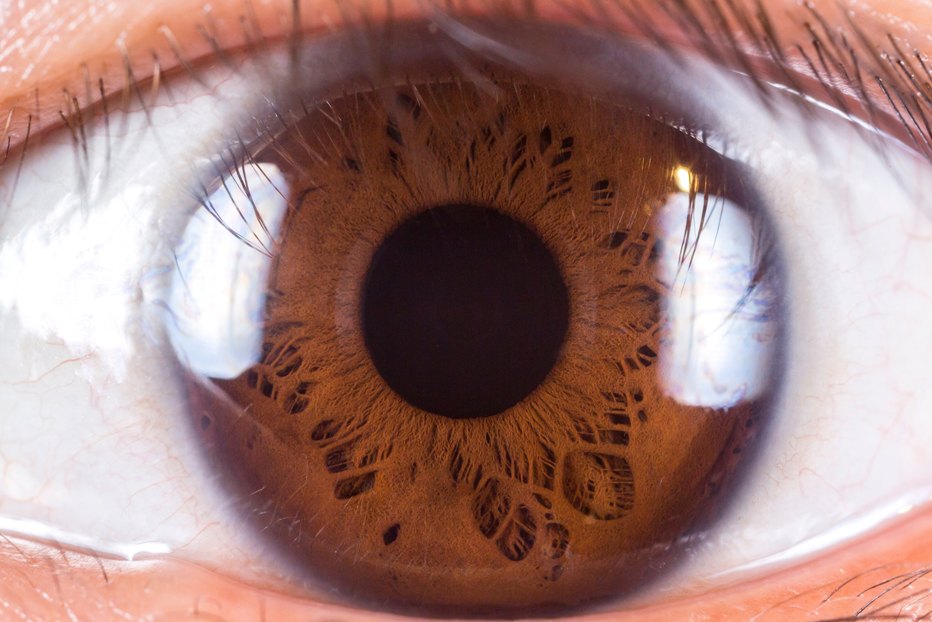
The results were presented at the ARVO Imaging in the Eye Conference by Jennifer Lim, MD, Marion H. Schenk Esq. Chair and Professor of Ophthalmology and Director of Retina Service at the University of Illinois at Chicago.
The EyeArt AI Eye Screening System makes in-clinic, real-time DR screening possible for any physician, enabling quick and accurate identification of patients with referable DR during diabetic patient’s regular physician visit. Once the patient’s fundus images have been captured and submitted to the EyeArt System, the DR screening results are available to view and export to a PDF report in less than 60 seconds. The EyeArt system can free eye care specialists to focus on sight-saving treatment rather than screening for DR.
Key aspects of this prospective, multi-center, pivotal clinical trial (NCT03112005) include:
- 942 subjects enrolled at 15 centers that included primary care, endocrinology, ophthalmology, and retina specialty clinics.
- EyeArt AI system’s assessment of 2-field undilated images was compared to comprehensive clinical reference standard comprising adjudicated grading of 4 wide-field dilated stereo images on the ETDRS severity scale2. The grading was performed by the Wisconsin Fundus Photograph Reading Center.
- Multiple fundus camera models were included and evaluated with the EyeArt AI eye screening system.
- Board-certified ophthalmologists (in a subset of sites) independently performed dilated ophthalmoscopy, the most-prevalent method for DR screening today.
Study results show that all pre-determined primary endpoints were met with p<0.0001. Topline results from the pivotal study are in the table below (details here):
| Sensitivity [95% Confidence Bounds] | Specificity [95% Confidence Bounds] | Imageability [95% Confidence Bounds] | |||||||||||||
| EyeArt system
with no dilation |
95.5% [92.4% – 98.5%] | 86.0% [83.7% – 88.4%] | 87.5% [85.4% – 89.7%] | ||||||||||||
| EyeArt system
with dilation-if-ungradable |
95.5% [92.6% – 98.4%] | 86.5% [84.3% – 88.7%] | 97.4% [96.4% – 98.5%] | ||||||||||||
“This study is significant as it shows this AI system is quite accurate in determining the presence of referable diabetic retinopathy by a very rigorous method which compared the AI results to that of photos read by expert graders of diabetic retinopathy,” said Dr. Jennifer Lim, an Investigator in the EyeArt pivotal trial. “In this prospective multi-center study, we showed feasibility and applicability of this system for screening for referable diabetic retinopathy. This holds great promise in accomplishing screening of the millions of diabetic patients for referable diabetic retinopathy in order to identify those at risk of visual loss and refer them for prompt treatment by ophthalmologists!” Dr. Lim continued, “The high sensitivity and specificity achieved by the EyeArt system shows that it can enable point-of-care DR screening and that it is a safe way to identify patients with DR who require ophthalmology referrals.”
“Completion of this EyeArt prospective pivotal trial is an exciting step for Eyenuk, and this study once again validates the EyeArt System’s exceptional diagnostic sensitivity and specificity without needing dilation,” said KaushalSolanki, PhD, Founder and CEO of Eyenuk. “Today I am proud to say that artificial intelligence is living up to its promise and can deliver substantial and meaningful impact to patients’ lives globally. Regular and quality eye screening can soon be accessible and affordable to hundreds of millions of people living with diabetes, leading to vision preservation for many of them.”
Eyenuk will showcase its EyeArt AI Eye Screening System at Booth #1637 in the ARVO Exhibition Hall at the Vancouver Convention Centre.
Source: Company Press Release


